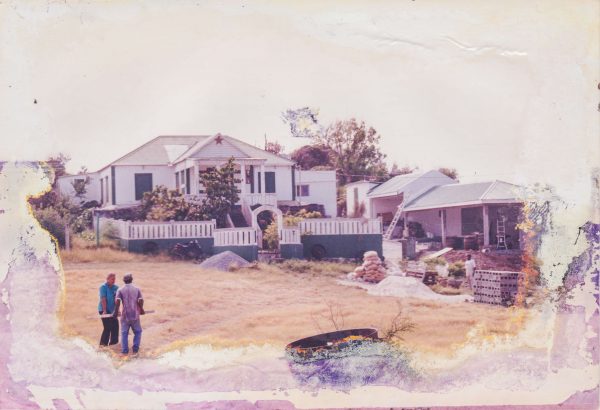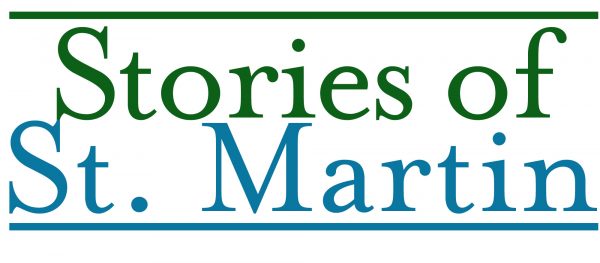The Old House has been part of the St. Martin landscape for hundreds of years. The first known record of it is from 1766. The foundations of this house are from this era. In the census of 1772, it was the most valuable estate on the French side. Crops included 2,000 coffee plants, 1,000 banana trees and acres of cotton, potatoes and cassava. The names of the 49 enslaved people who lived there at the time are unknown, but traces of their lives can still be detected on the site today. They cleared and farmed the land, tended the livestock, constructed stone walls, and built the foundations of this house.

By 1793, much of the land was used to grow sugar cane. A mill had been built in the valley across the street. Facilities were made to refine sugar and produce vinegar and rum. At this time, the property was owned by members of the Hodge family, originally from Anguilla. By 1816, there were 77 enslaved people on this estate, producing sugar while also raising their own food. The original wooden home was destroyed in the hurricane of 1819 and then rebuilt on the same foundation.
By the late 1830s, the property was in decline and it was considered a “former sugar mill” by 1837. In 1843, the property was acquired by Daniel Beauperthuy, who had the rights to produce salt on the Orient Bay salt pond. In addition to salt production, this estate grew cotton and raised livestock: 70 cattle, 36 mules and 234 sheep. By 1931, the house was again in disrepair. Unable to tear down the strong posts, Louis Emile “Lil’ Dan” Beauperthuy set the remains of the house on fire. He said it burned for about two weeks.
The concrete house you see today was built in 1935 by Adolph Artsen. It remained the residence of the Beauperthuy family for many years, and they continued to manage salt production in Orient Bay until the late 1950s. Pierre Beauperthuy transformed the property into a museum of history and culture in the early 2000s. His charisma and gift for storytelling were key parts of the museum he created here. It was a monument to his love of his island and its history.

In 2018, the Les Fruits de Mer association began restoring this property as a museum of nature, history and culture on St. Martin. Amuseum Naturalis at The Old House is a free museum dedicated to sharing all the stories of St. Martin. It is also a center for community projects, including a native plants nursery, shared gardens and other collaborative projects. The museum is now open for its fall hours, Tuesday to Saturday, 9am to Noon.

